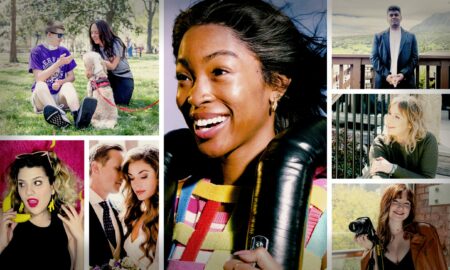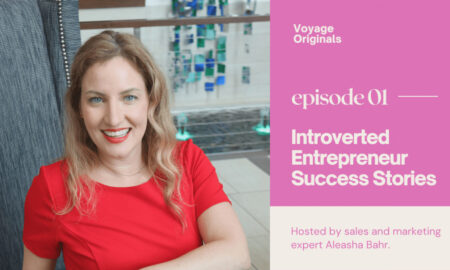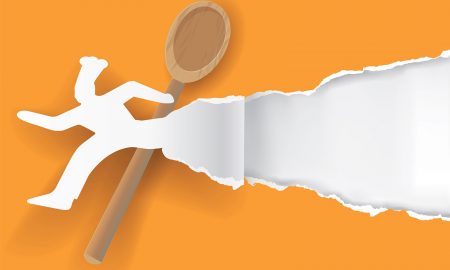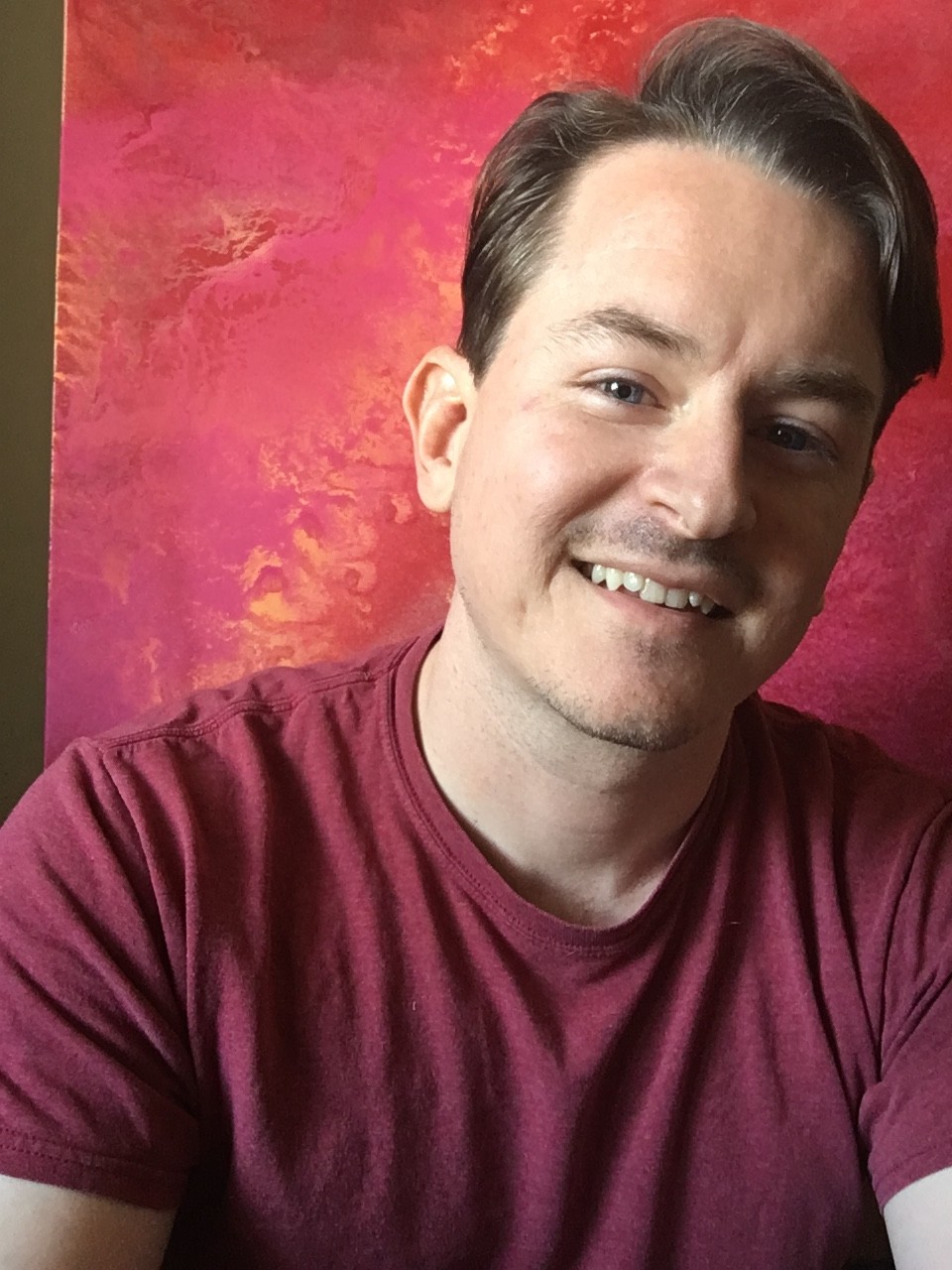
Today we’d like to introduce you to Chris Pontello.
Hi Chris, can you start by introducing yourself? We’d love to learn more about how you got to where you are today.
I fell in love with art at an early age; my first paintings are from before I can remember. My mother was my main inspiration at that time and always encouraged me to emulate the greats like Michelangelo and de Vinci. Through high school, it seemed like I was the only kid with an interest in the arts, but that’s mostly because I went to a college prep. school that didn’t have much of an art curriculum. I also put a lot of effort into sports at that time and initially expected to go to school for football. Luckily, I found a less painful path when I heard of this school called The Savannah College of Art and Design, which sounded incredible because back then I didn’t even know a degree in painting existed.
I attended SCAD for undergrad and grad school, which I just finished in November 2022. I took time in-between degrees to work as a freelance artist while working a variety of jobs. I spent seven years as a Bellman at the Mansion on Forsyth Park, which also helped my art career. Besides working next to the Bohemian Gallery, I was also surrounded by one of the biggest private art collections in Savannah, owned by Richard Kessler. I got to spend time with guests from all over the world that were interested in supporting local artists, eventually becoming my patrons. I also worked at a stained-glass studio called Red Fern Fine Art Studio, run by Carl Fougerousse. This was some of the truest art world experiences I could’ve wished for; constructing stained glass windows, painting large-scale murals in oil, learning about mosaics and different forms of sculpture. It was like traveling back in time and learning from the masters of the Renaissance.
More recently, I worked at Blick Art Materials, which gave me an in-depth perspective of materials. In some ways, I feel like I learned more about materials here than in undergrad, at least in terms of comparing quality of different brands. I also got to teach a handful of workshops at Blick, getting some much-needed teaching experience. Today, I work as a kayak tour guide at Savannah Canoe and Kayak, which is a terribly fun place to work. If you’ve never heard of them, please come by and get to know us.
For the future, I’m looking for teaching jobs at the collegiate level. Grad school was truly enlightening, and I’d love to continue to be a part of academics in art.
We all face challenges, but looking back, would you describe it as a relatively smooth road?
There have been challenges, but I try to remind myself of my privileges. When times are tough, I try to remind myself how lucky I am. Obstacles are inevitable, and how you persevere defines your character. I like to remind myself of how almost every artist that I look up to has some story of failure or hardship that could’ve lead them to give up, but they didn’t. That perseverance seems to be why we know their name.
So, I try to not let myself be discouraged by people that take advantage. Patients and understanding seems to be the best path towards success.
The hardest challenges came during the pandemic and dealing with how online classes were taught so differently. It was also a time when random life challenges kept popping up, teaching me that life is inherently difficult in ways that you’ll almost never expect. But also that these hardships are common and relatable for most people.
Thanks for sharing that. So, maybe next you can tell us a bit more about your work?
Most of the paintings that I did before grad school were representational and realistic, from documenting the Savannah Street musicians to making a series of political paintings. Over time my grad schoolwork became non-objective and process based. SCAD’s painting department urges you to make work that illuminates something personal. I used to ignore my athletic side when making work as if I had an alter ego. With the work that I’m doing now, I’ve learned to embrace that side of myself to express something genuine about me. To do this, I combined my practice as a competitive arm wrestler with my painting process.
Merging arm wrestling and painting together was a conceptual exercise to make work, or like Sol Lewitt said, “The idea becomes a machine that makes the work.” I used my knowledge of materials to make these paintings as sustainable as possible. Most were done on Yupo paper, which is a plastic paper that’s really durable, a nice flat white, and comes in sixty-inch by ten-yard rolls. I also used a variety of mediums, such as charcoal, oil, acrylic, and vinyl paint.
Painting with arm wrestling equipment allowed for a snapshot recording of the movements that are associated with the sport and, in turn, highlights the energy involved. This is achieved by smashing or dragging heavyweight through puddles of paint. These weights are manipulated with specific work-out techniques that emulate how arm wrestlers traditionally train.
The transition to making this work was enlightening, allowing me to express aspects of my identity that were once stifled. Stereotypically, artists and athletes tend to repel each other, but these are two pivotal parts of my identity. Over the course of making this work, one group has been integrated into the other.
This series of work conveys the technical virtuosity as well as the physical and mental devotion it takes to practice this sport. These movements emulate a rehearsed dance that makes arm wrestling seem like a form of art, even if it doesn’t look the part. It links technical practice to emotional expression and comments on the celebration of life through fitness.
This series embedded the importance of how keeping a consistent process creates a cohesive body of work. Now I’m free to take this knowledge and see where it takes me. Hopefully, I’ll be teaching art to budding artists very soon.
Can you tell us more about what you were like growing up?
I grew up in a broken home with parents who separated when I was a baby. Both of my parents acted as my friends, so it was easy to look up to them as role models. As an impressionable boy, I wanted to become skilled at the same things that they were good at. I can attribute my love of arm wrestling and painting to trying to mimic my parents.
My mother is an artist, and when I was young, I would become enthralled in watching her draw. One of my favorite childhood memories is joining my mother at her college art class when I was five. Apparently, I was very involved, giving my opinions on the assignments and making some artwork of my own, a drawing of an ant-eater hotrod if I remember correctly. My mother dropped out of school to fight for custody over me, so I’ve always had the urge to pursue higher education for her. She admits that she enjoys living vicariously through me as I pursue an M.F.A. in Painting.
On the other side of the coin, my dad was athletic. He once had a scholarship to play football at the University of Miami but turned it down to focus on his education. He went to a tech school to study engineering but still stayed active in sports, including arm wrestling. Growing up with the stories of my dad winning first place in three competitions planted the seed that there was something special about strength in my family and potentially me. My dad and I share the archetype of ‘a bull in a china shop’, occasionally accidentally breaking door handles or anything else that requires a subtle flex.
These seemingly opposing interests in my parents also came with certain similarities or support for the other and from the other. Like a true yin yang, my mom influenced my art but encouraged me to be more athletic; and my dad was my role model for strength but supported me through pursuing art as a profession. In a way, merging these two practices reconciles something in my divided family.
Contact Info:
- Website: chrispontello.me
- Instagram: @pontellowho
- Linkedin: https://www.linkedin.com/in/chris-pontello-1b0a0689/
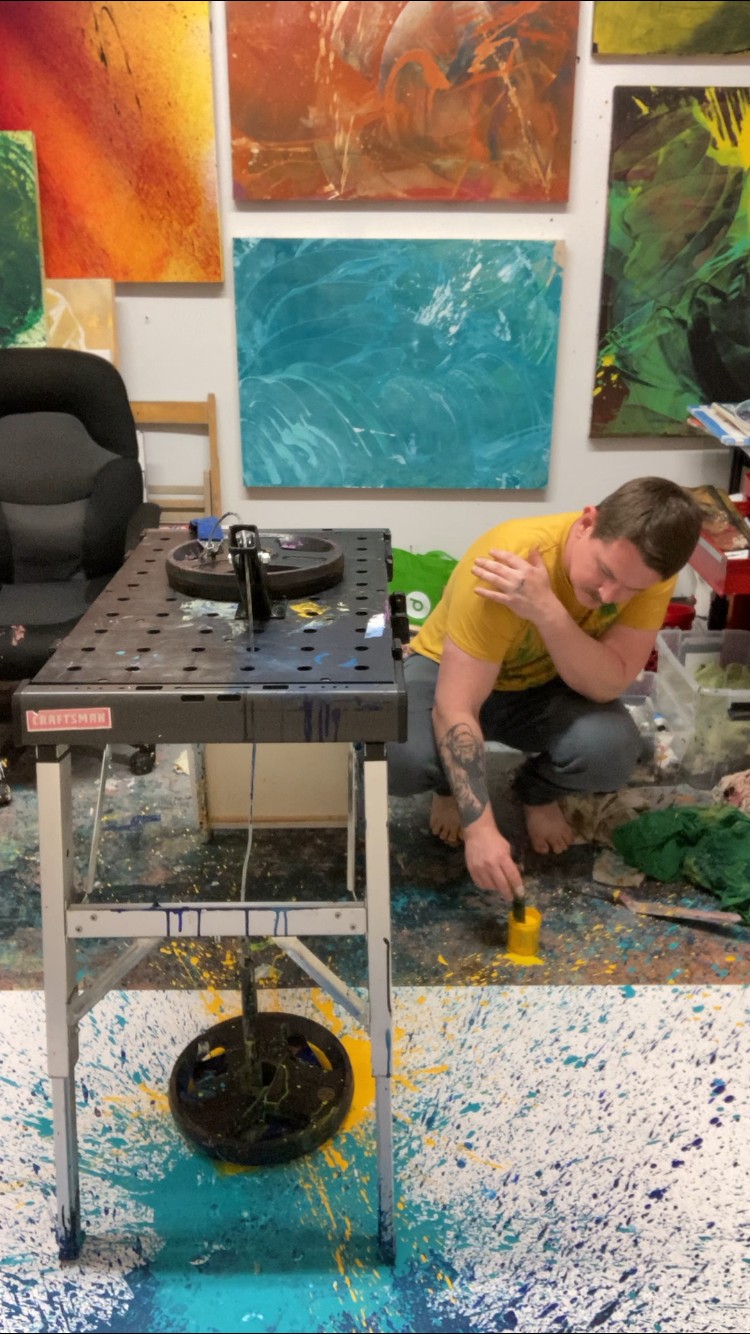

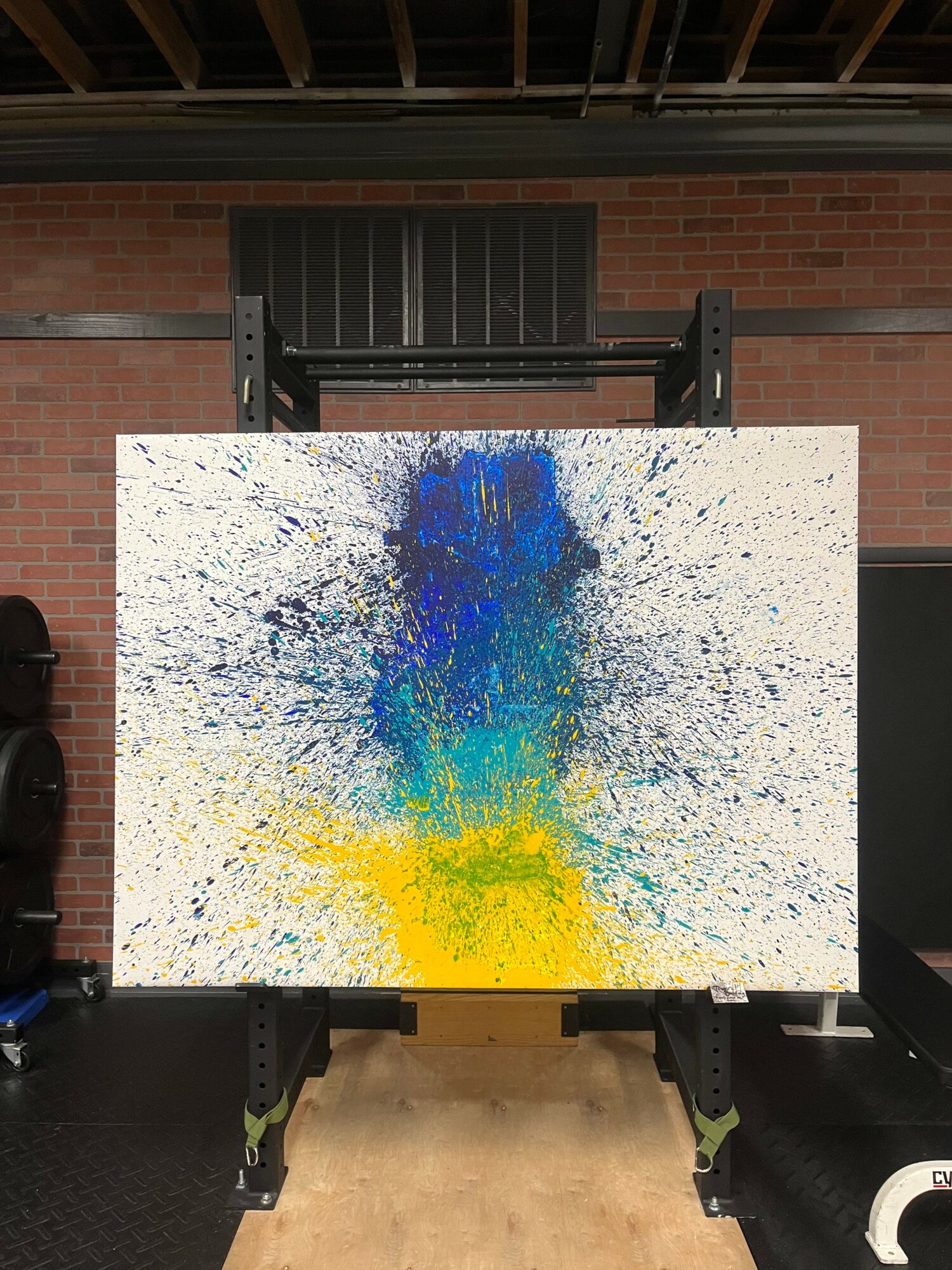


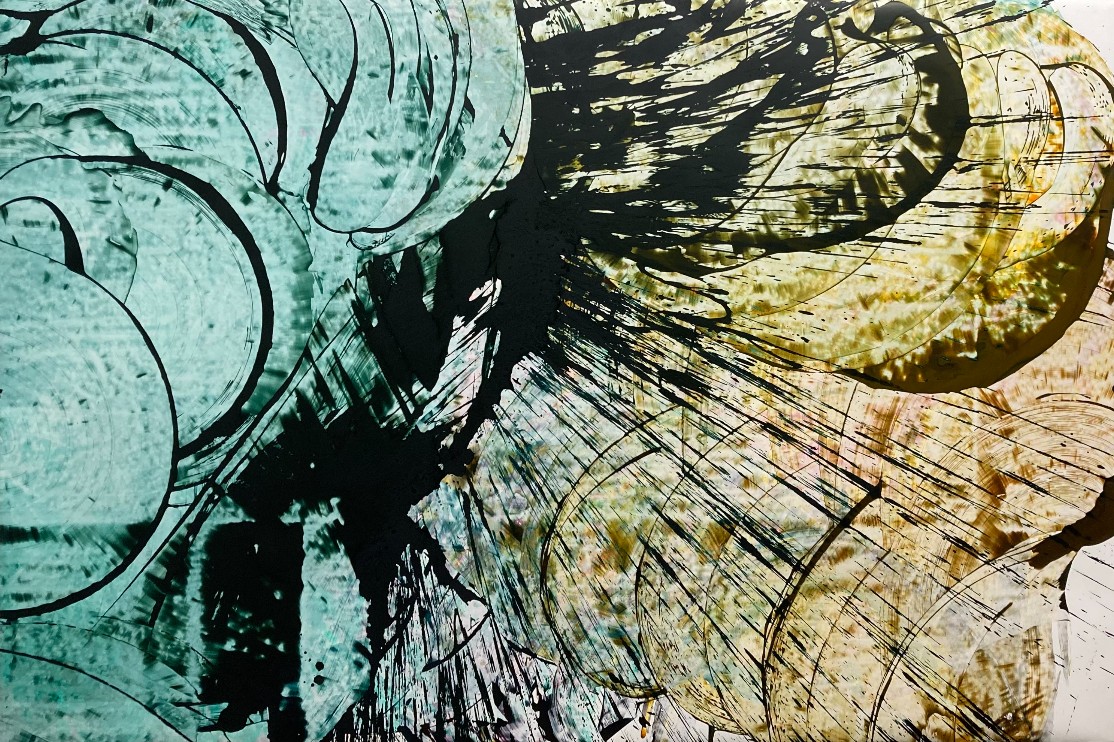
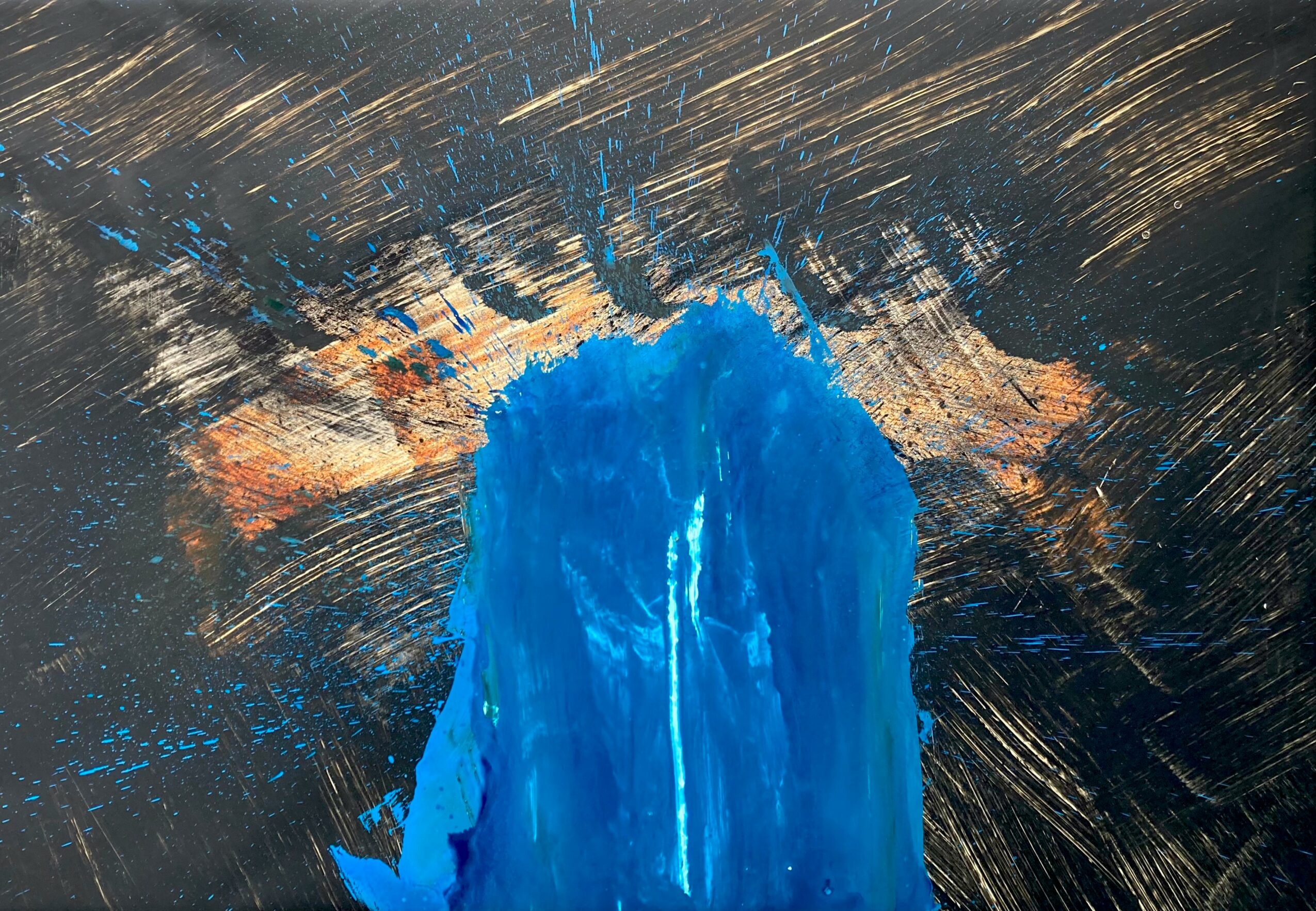
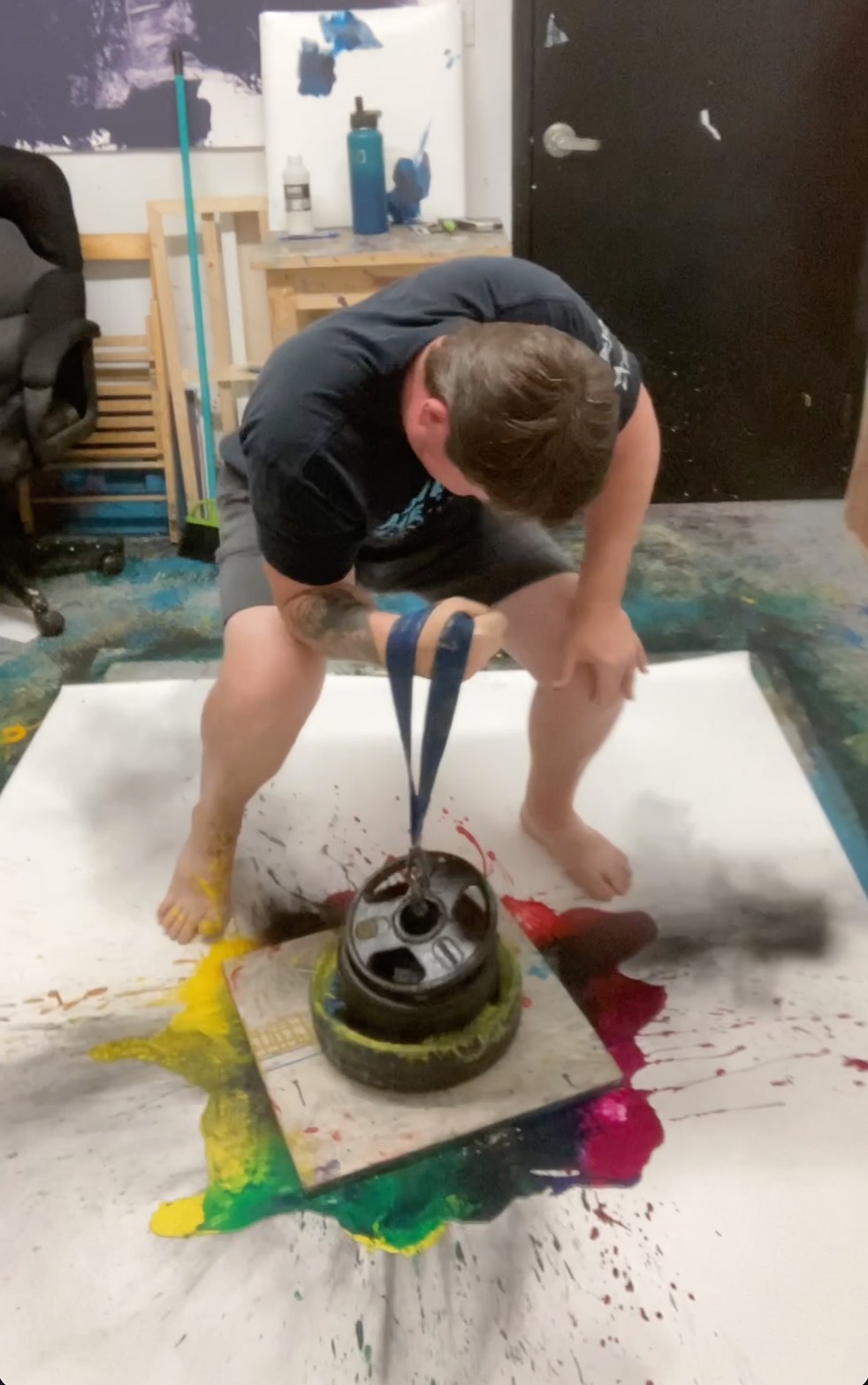
Image Credits
Chris Pontello

